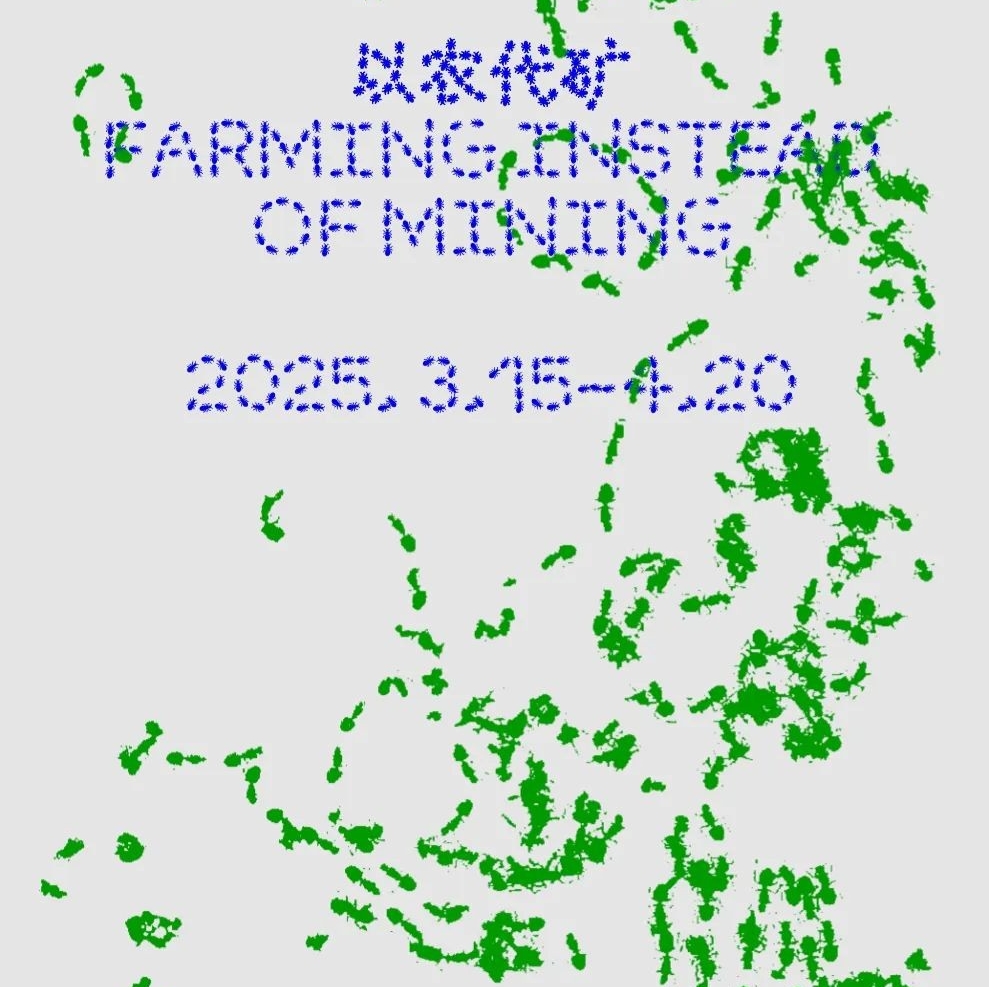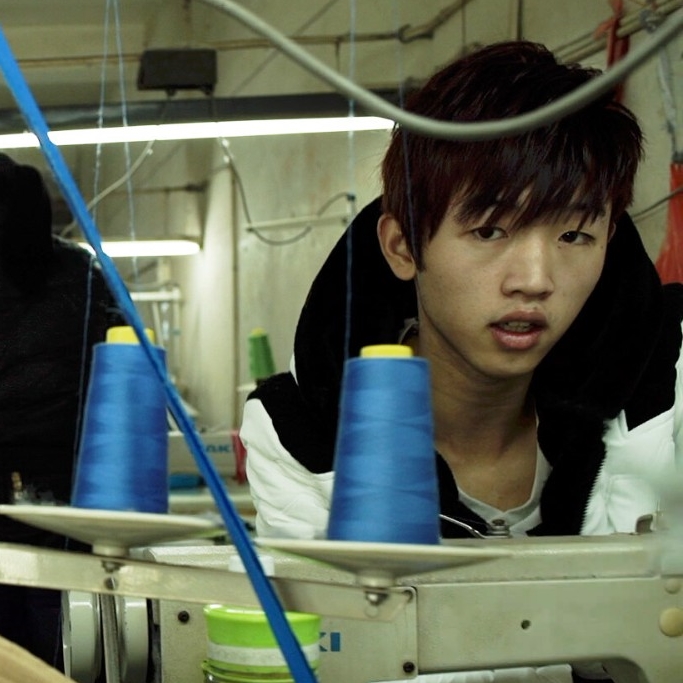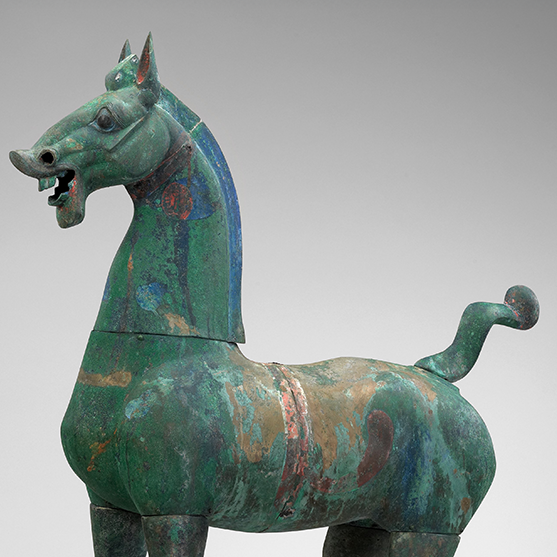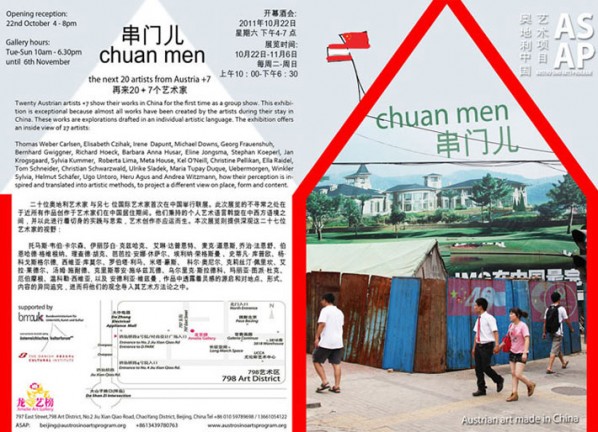
Chuan Men - exhibition, 22nd of October at Amelie Art Gallery, 798, Beijing
This is the third time that the Austro Sino Arts Program organizes a contemporary art show in Beijing, the first was "mifan" in 2009, then "dabao" in 2010 with more than 30,000 visitors in a month. The exhibition "Chuan men" which means "Visit your Friend’s House" in Chinese will be opened by the Austrian Ambassador to Beijing, Mr. Martin Sajdik, on October 22, 2011. In 2011, twenty Austrian artists +7 show their works in China for the first time in the frame of a group show. In this year’s exhibition, ASAP is including works of artists from other countries – "+7" – from Germany, the Netherlands, Denmark, Cambodia, Indonesia, the USA and Australia. Most of the works in this year’s exhibition have been created by the artists during their stay in China and other artists created their works out of local contexts, with history and today’s society. These works are studies, drafted in each artist's individual language.

Austrian Films +1 at the Beijing "New Youth" Film Festival
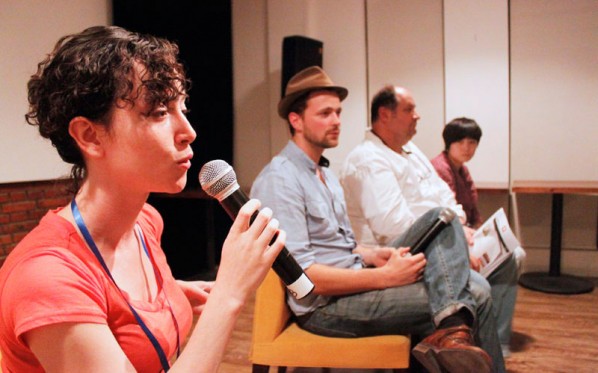
Austro-sino Arts Program

The 2nd Beijing New Youth Film Festival- in cooperation with ASAP
This year’s exhibition will offer insights into the works of following 27 artists:
Thomas Weber Carlsen and Jan Krogsgaard will present their videos, Khmer Rouge people speak their minds and feelings; Elisabeth Czihak has captured in her photos the remains of demolished buildings and juxtaposes them to strict geometric drawings inspired by the “endless line” of Chinese windows; Irene Dapunt’s large paintings are full of private metaphors and messages; Michael Downs digital collages are strong colorful patterns made with today’s tools; Georg Frauenschuh collects and draws his ideas about the unknown and what he will paint, build and understand in the future; Bernhard Gwiggner sequences the Tao doctrine in hundreds of drawings, t and translates it into a Western language; Richard Hoeck’s materials come straight out of shopping windows, he turns the usual views, the desires of commodity dreams upside down; Barbara Anna Husar enlarges China’s mythical creatures of the past in her big paintings on rice bags ; Eline Jongsman and Kel O’Neill document the bizarre living remains of past empires; Stephan Koeperl and Sylvia Winkler have chosen pharmacies for their musical stage, they sing and a mobile phone is their instrument; Sylvia Kummer’s drawings and writings on leather skins are like traces, rolled, becoming sculptures from an unknown tribe; Roberta Lima’s is a CCTV’s video, traveling the space of her privacy; Meta House will show the life of women workers in Cambodia in 4 short movies ; Christine Pellikan, inspired by traditional Chinese art techniques, uses in her rolling pictures paper and ink in her own way; Ella Raidel embarked on a research into Chinese soap operas as a sociopolitical space; Tom Schneider will show a short movie decoding his view of the locality; Christian Schwarzwald constructs a wooden wall and enlarges the notion of frame and image; Ulrike Sladek’s text and audio work accompany the crystal clear photos of Andrea Witzmann; Maria Tupay Duque’s drawings are emotional scores where she translates music and motion; Uebermorgen pick up on virtual craftsmanship being either exploited in prisons or in dark video game caves, building virtual fighting gear for online gamers.
Twenty Austrian artists lived in China, became accommodated to habits and rituals, memorized and translated this into videos, movies, drawings, sculptures, photographs, texts, concepts of their artistic expression. For some it was a momentary configuration, for others a live changing experience.
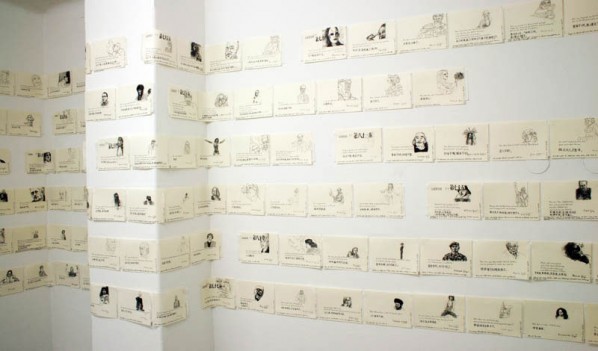
Bernhard Gwiggner's Work

Bernhard Gwiggner's Work(detail)

Andrea Witzmann - Beijing Punches
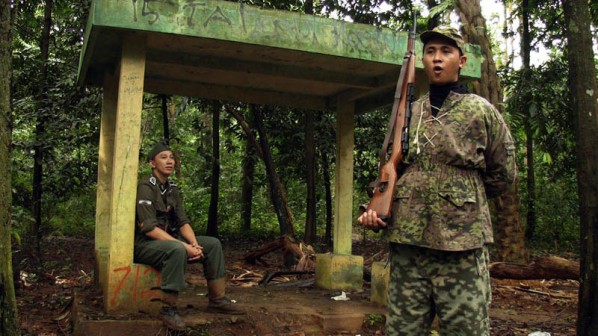
Eline Jongsma & Kel O'Neill - The Empire Project

Elisabeth Czihak - Endless Line
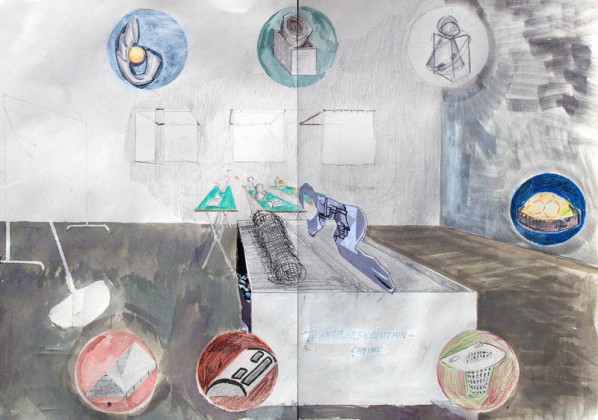
Georg Frauenschuh's Work
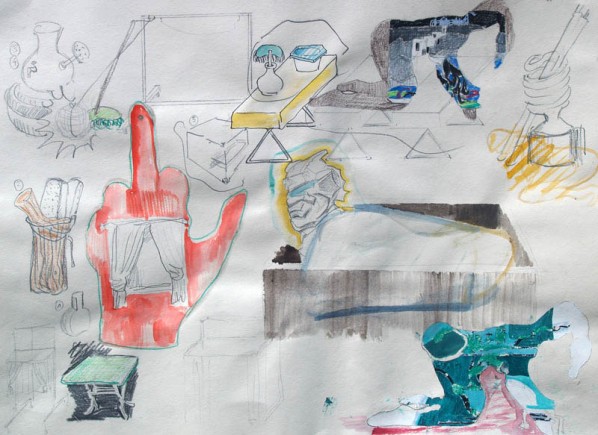
Georg Frauenschuh's Work 02
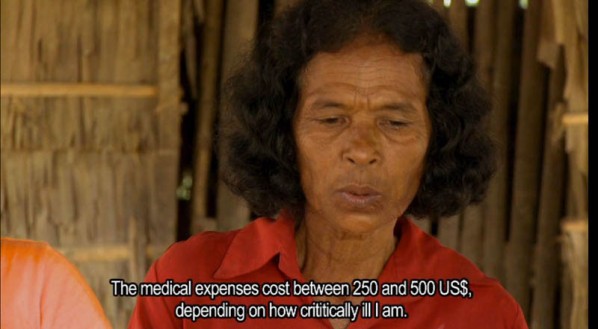
Meta House - Four shorts from the factories 01
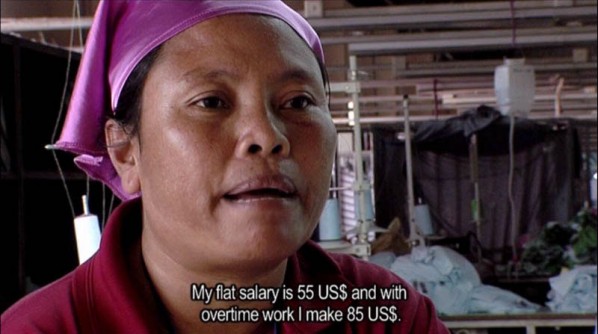
Meta House - Four shorts from the factories 02
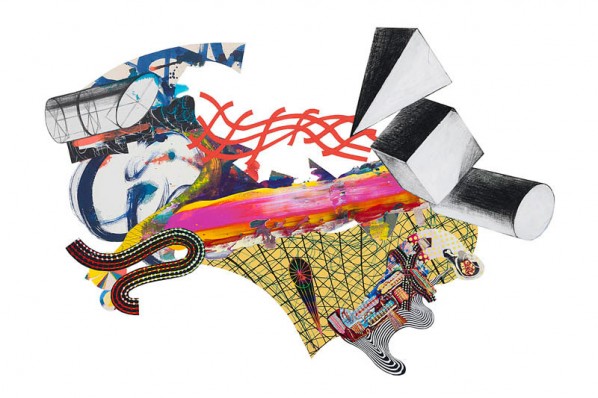
Michael Downs - China works

Sylvia Kummer - China-Dialogue
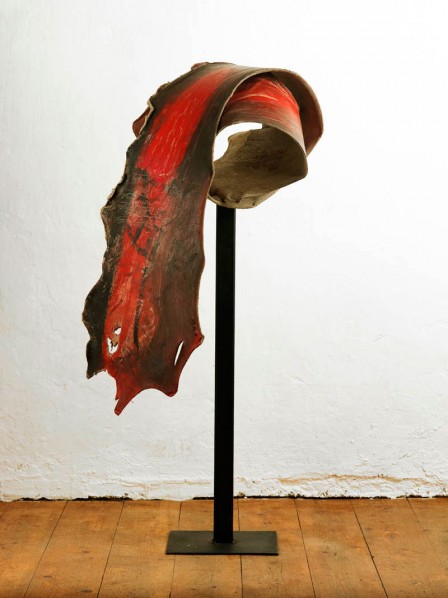
Sylvia Kummer - China-Dialogue 02
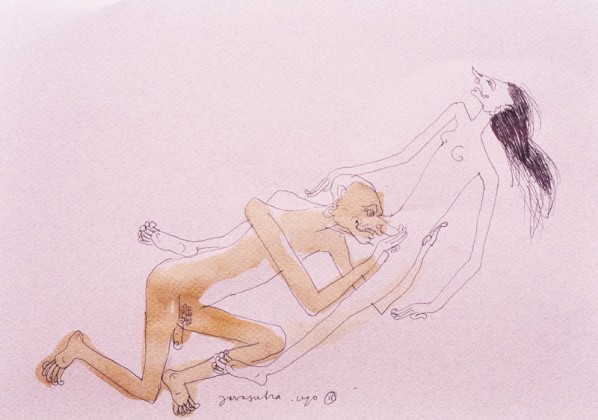
Ugo Untoro - drawings

Winkler Sylvia & Koeperl Stephan - Medicare & Xiao Wu
Experience the Fun of "Chuan men"
by Artistic Director Tony Chang of Amelie Art Gallery
It is an honor for the Amelie Gallery to cooperate with the Austro Sino Arts Program to present "chuan men"("Visit your Friend's House")-the third exhibition of ASAP in China. In China, "chuan men" is an everyday behavior between relatives and friends who each other and communicate their feelings. The guest comes in delight, and the host who is at ease will bring brand-new surprises in the true colors of life to the guest. The "chuan men" exhibition is a spontaneous and unofficial activity of art exchange. 25 artists from Austria, the Netherlands, the United States and so on, all are highly curious about China. They create works of art based on their experiences of living and travelling in China, mediating between the Chinese and the Western cultural context. Daily adventures and cultural conflicts blend with each other in the works, which makes the exhibition highly interesting, with their novel perspectives and particular "misreadings". For instance, artist Bernhard Gwiggner completed 701 paintings on paper by placing the original sentences in Tao Teh Ching by Lao Tse and the two different translated versions in German side by side and matching them with portraits. He is leading us into a fantastic adventure across cultures by using Lao Tse's contemplation.
The works exhibited in "chuan men" are possible only in present-day China. It is in China, where the phenomena shown in the works are happening now. Momentary appearances can be historical records, which are sincere and precious. Their mode of creation carries a strong improvisational feature: Facing brand-new Chinese experiences, the foreign artists feel strange, curious and excited. They react rapidly with their creation, revealing their instinct spontaneously, which restores the primitive nature of artistic creation in a sense. The improvisational spirit of literati has been valued since ancient China. The peak works of calligraphers such as Wang Xizhi and Huai Su were mostly created by following the feelings, and not deliberately. Taking one sentence from Calligraphy of Bitter Bamboo Shoots: Bitter bamboo shoots and tea are extremely tasty. Just get them served. It's that Drunk Zen Huai Su was expressing his great admiration for the tasty and fresh bamboo shoots and tea. Yan Zhenqing's Manuscript of Mourning For Nephew was originally an elegy with grief and generosity floating on the paper, which made the swan song of calligraphy. However, many contemporary Chinese artists have gradually lost their unrestricted passion in the deep consideration in creation. They are addicted to the practice of ingenious techniques and are weighing and considering the preferences and tastes of the market. They have begun to be absent from the mental essence of art.
I've been enjoying a brief but pleasant acquaintance with Mr. Karel Dudesek, who is one of the co-founders of ASAP. It's his passion of promoting art exchanges between China and Austria with the help of ASAP that makes me think of internationalism mentioned by Mao Zedong in his In Memory of Norman Bethune. Chinese artist Cai Guoqiang carried out his Fireworks Plan in small cities in Japan during the 1990s. At that time, he was anonymous but he gained wide support from the population. Ordinary Japanese people enthusiastically participated in organizing and laying gunpowder. Likewise, we ought to support the practice of international artists in China more openly and selflessly. Especially such a personage like Karel Dudesek, he does everything himself steadily and indefatigably, promoting the understanding of the occidental about China through a series of art projects organized by ASAP. As the pattern of contemporary art is getting international, it is assured that these efforts of his will definitely provide beneficial enlightenment for us.
September 25th, 2011
About the Exhibition:
Open: October 22, 2011, 4 pm
Location: Amelie Gallery, 798 Art District, No.2 Jiu Xian Qiao road, Beijing
Duration: from 22.October 22 to November 9, 2011
Publication: a 220 page catalogue will be published
Courtesy of the artists and Amelie Art Gallery.


